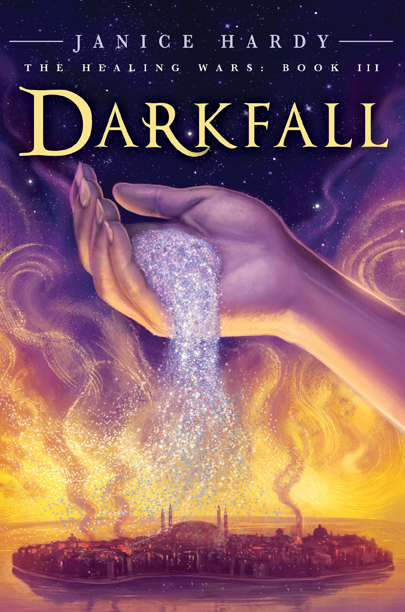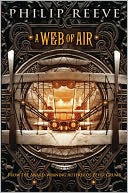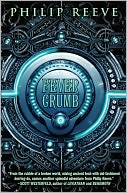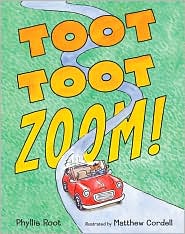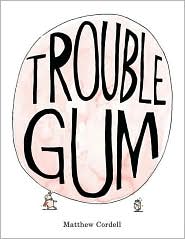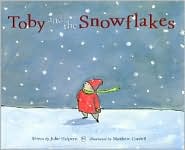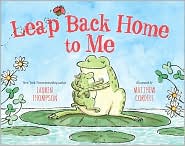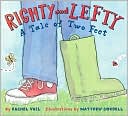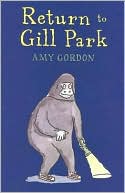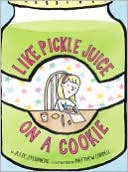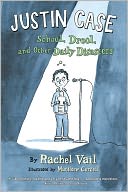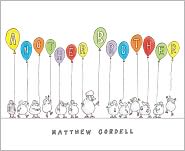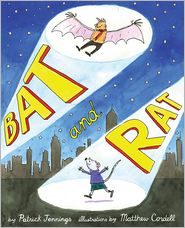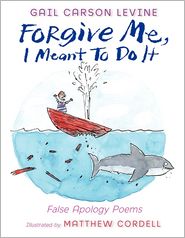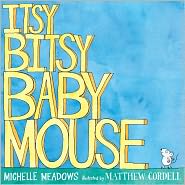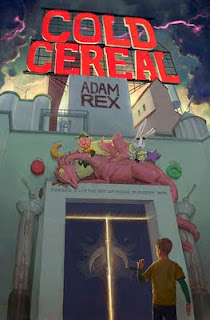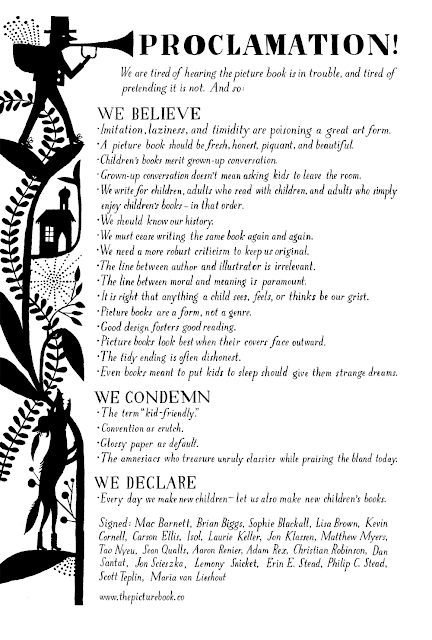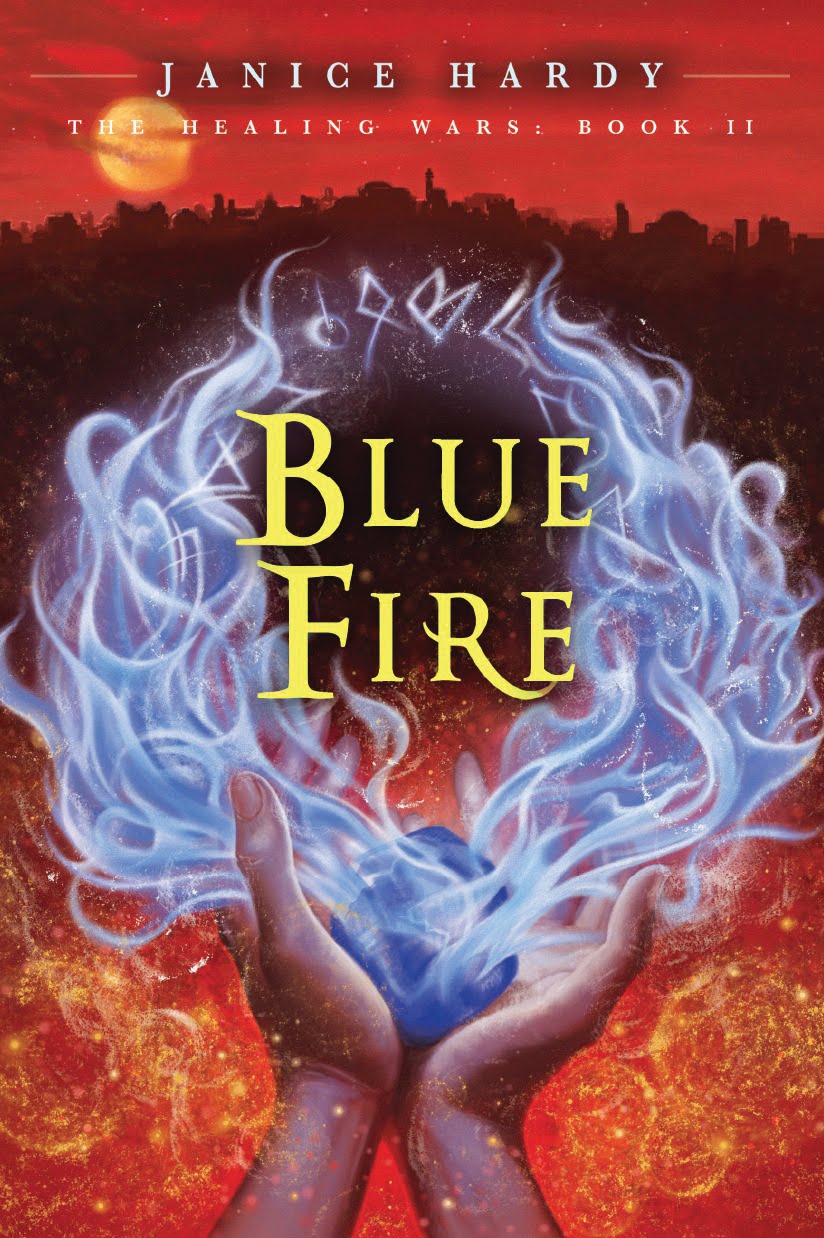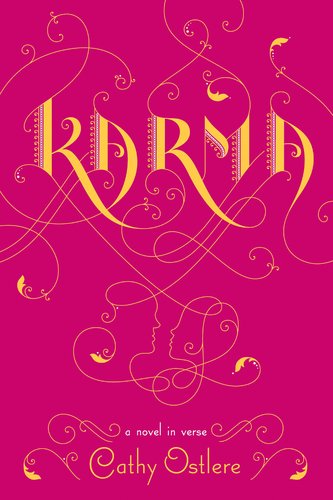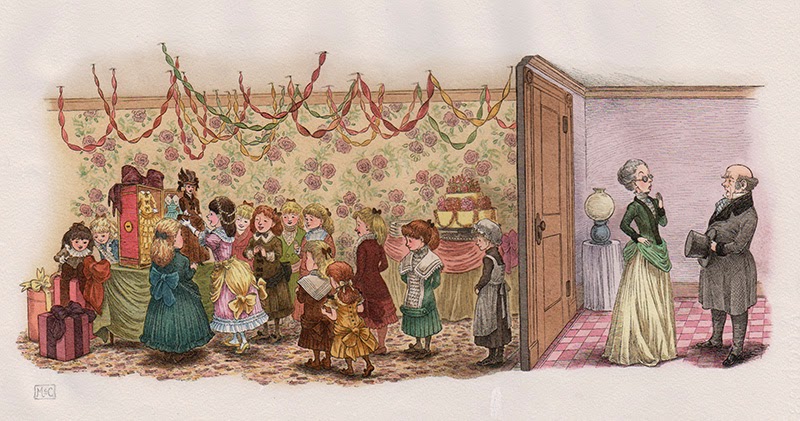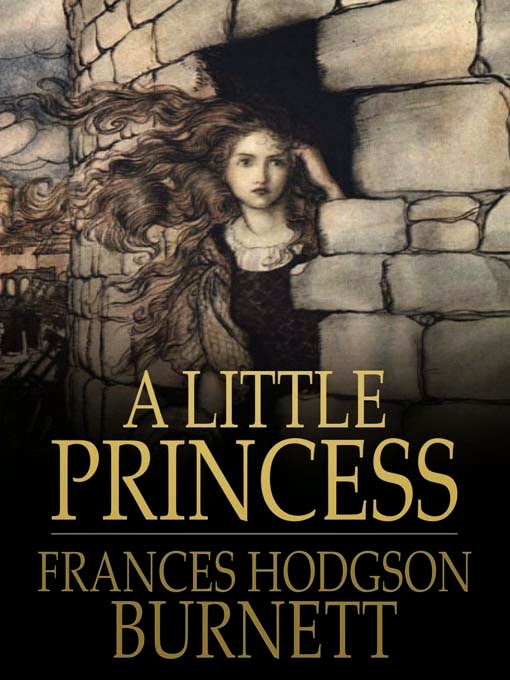



The word PRINCESS doesn't mean what it used to and I want to reclaim the meaning of this word from the pink swathed, tiara wearing, big eyed, marketing manufactured princesses now captivating the minds of most little girls under the age of eight. For a more astute, journalistic (but totally entertaining) exploration of this phenomena, I suggest Peggy Orenstein's most recent book Cinderella Ate My Daughter: Dispatches from the Frontlines of the New Girlie-Girl Culture. Otherwise, hang in there with me while I convince you to read (or have your daughter read) A Little Princess and join me on my crusade. When I began tapping away at my keyboard I did not intend to write a polemic against the ultra-feminization of little girls and the hijacking of the word princess (I'm looking at you, Disney), but as I mulled over A Little Princess, a book that had been a childhood favorite of mine, and thought about why I loved it then, what I love about it now and why some parents might not encourage their girls to read a book titled A Little Princess, I knew I needed to do more than just review this book. I needed to defend it exactly because the cultural meaning of the word "princess" had veered so far away from what it meant in the late 1800s when Burnett created this character who liked to pretend that she was a princess. Had I not read Burnett's books as a child, I have no doubt I would have steered my daughter away from a book titled A Little Princess for the same reason I didn't let her play with Barbies (yes, I was one of "those" moms) despite the fact that she was born a few years ahead of the Disney Princess media juggernaut.
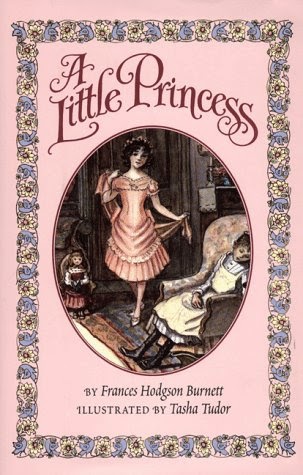

(Covers from editions from my childhood)
Although Frances Hodgson Burnett is most famous for her book The Secret Garden, I suspect everyone knows the basic plot of A Little Princess. Originally published as a serial novel in 1888, it was first published in book form in 1905. It is a reversal-of-fortune-Cinderalla type story. The twist, though, is that, while the main character is privileged and truly loved by her father, she herself is not spoiled. One of the first things we learn about young Sara Crewe is that she "did not care very much for other little girls, but if she had plenty of books se could console herself. She liked books more than anything else, and was, in fact, always inventing stories of beautiful things, and telling them to herself." While love of books always bodes well in a character, what I loved most about A Little Princess as a child was Sara's doll Emily. Raised in India by her doting father (also described as being "young, handsome and rich" by Burnett) Sara is taken to London for a proper education when she is seven. Before leaving her at Miss Minchin's Select Seminary for Young Ladies Captain Crewe takes Sara on an extensive shopping trip that includes the search for the perfect doll who will be her friend in the absence of her beloved papa. Sara tells Captain Crewe that she wants a doll (to be named Emily) to "look as if she wasn't a doll really. I want her to look as if she listens when I talk to her. The trouble with dolls, papa, the trouble with dolls is that they never seem to hear." After much window shopping Emily found then taken to a "children's outfitter and measured for a wardrobe as grand as Sara's own." Really, Emily was the first American Girl Doll, some 81 years before of Pleasant Rowland had her brilliant idea and, sadly, about ten years too late into my childhood for me to enjoy. Did I mention that I loved dolls as a kid? I collected Madame Alexander dolls and made my own dolls, their clothes and their furniture and lodgings in some cases. They were my companions, my friends and, like Sara, I was sure they moved when I wasn't looking and might one day reveal themselves to me. Sara tells her French maid Mariette that she believes dolls can,
do things they will not let us know about. Perhaps, really, Emily can read and talk and walk, but she will only do it when people are out of the room. That is her secret. You see, if people knew that dolls could do things they would make them work. So, perhaps they have promised each other to keep it a secret. If you stay in the room, Emily will just sit there and stare; but if you go out, she will begin to read, perhaps, or go and look out the window. Then if she heard either of us coming, she would just run back and jump into her chair and pretend she had been there all the time.
In fact, in a fit of sentimentality I posted a week of reviews of Books About Dolls a year ago. As a child, Sara's assured and detailed world of pretend (and of course her extensive collection of accoutrements for Emily) was fascinating to me. As an adult reading A Little Princess I can see that there is so much more to Sara Crewe and the melodrama that was her childhood.
When Sara arrives at Miss Minchin's it is expected that she will be a spoiled, arrogant child who will be tolerated because of her father's vast fortune and the esteem that her presence brings to the school. While she demonstrates herself to be anything but spoiled and arrogant - in fact, upon reading the book again I found Sara's goodness, kindness, patience, acceptance and concern for the well being of those around her, be it sparrows, rats or servants, made her almost insufferable - Sara nonetheless does not win over everyone she meets. Miss Minchin walks a fine line between loathing and lauding Sara and wastes no time making her life miserable when her fortunes are reversed. Then there is Lavinia, who was the "show pupil" (and remains all around mean girl) until Sara Crewe shows up. Although these relationships are interesting aspects of the story, they are really just plot devices to allow Sara to do what she does best - use her imagination. Sara uses her imagination to entertain herself and her friends. She tells magnificent stories that help little Lottie through her grief over the death of her mother and carry Ermengarde through the pain of disappointing her father with her lack of academic skills and continually upsetting Miss Minchin with her seemingly slow wits. Sara also tells stories that help Becky, the underfed and overworked scullery maid who is only a few years older than her, make it though her long and exhausting days. As Sara says to Becky on their first encounter, putting her at ease when she expects to be punished by her for not doing her job, "Why, we are just the same - I am only a little girl like you. It is just an accident that I am not you and you are not me!" This sense of fairness, her equanimity and refusal to see class divisions is, to me, more the mark of a princess (that we should hold up as an example to our daughters) than an attendant prince, a tulle ball gown or the benefits of being the center of attention.
While Sara is a great story teller, her imagination is best put to use when she is pretending that she is something that she is not - as a means to being a better person and bearing difficult situations. After encountering Becky asleep on the job, Sara extends a kindness to her and thinks to herself, "If I was a princess - a real princess - I could scatter largess to the populace. But even if I am only a pretend princess, I can invent little things to do for people. Things like this. She [Becky] was just as happy as if it was largess. I'll pretend that to do things people like is scattering largess. I've scattered largess." Playing "princess"- which is NOTHING like the the (Disney) princess play that is so prevalent today - both before and after her reversal of fortune, is almost a moral code for Sara. Pretending to be a princess does not mean dressing in her finest clothes and expecting special treatment, although it so easily could since Sara arrives at Miss Minchin's with all the trappings of a royal. Playing princess means scattering largess, sharing the riches of the loving relationship she shares with her father with those who are not loved so completely. But, it is most rewarding for the reader (and Sara) when she plays "princess" after her father has died, his fortunes lost through an investment in the diamond mines of an old school friend, and she has been indentured to Miss Minchin to pay off Captain Crewe's outstanding debts. A large portion of this debt comes from a lavish eleventh birthday party and a new doll and wardrobe from Paris (which Sara tells her father she will name Last Doll, since she is getting rather old and shall "never live to have another doll given to me") that Miss Minchin was not reimbursed for. It is in the midst of this party that Miss Minchin learns of the death and bankruptcy of Captain Crewe. In her anger (and seeming schadenfreude) informs Sara of this news while also having the party immediately dismantled, arranging for Sara's possessions to be sold off, dismissing her maid and having what belongings she allows her to keep (a black dress that is too small and Emily) moved to the attic room next to Becky's. When everything has been taken away from her, including the grudging tolerance of Miss Minchin, Sara finds even more reason to play "princess" and to use her imagination to help her bear the bleakness of her days.

Of course it is wonderful to watch as Sara shares her last crumbs with a rat she names Melchisedec and the sparrows who perch outside the ceiling window in her new room. And it is exciting to see how Sara comes across small kindnesses from time to time that sustain her. But, what truly sustains her, and this is something that I don't remember being impressed by as a child but am deeply impressed by as an adult reader, is her capacity to imagine her way above and beyond the bleak life she is living. Sara watches a prosperous family that lives across the street. Because there are eight children in the family, Sara calls them the Large Family and makes up "names out of books - quite romantic names" for them all and entertains herself by imagining their goings on. When thick, dull witted Ermengarde, who regularly sneaks up to Sara's grim attic room for her warmth and companionship, finally notices that Sara is in fact starving, she insists in getting the birthday hamper full of treats that her aunt has sent her and returning to the attic to share it with Sara and Becky. While they await her return, Sara imagines that they are preparing for a royal feast and goes about the room taking tissue paper, handkerchiefs and other common things and making them into a festive table decorations for a party, insisting that Ermengarde pretend she is the princess. Perhaps it is her imagination that allows her to continue conduct herself with dignity and respect in the face of the increasingly malevolent Miss Minchin. Upon first meeting Sara Miss Minchin asks her if she has ever had a French lesson, assuming that Captain Crewe wants her to learn French because he has hired her a French maid. Sara answers directly, saying she has never had a French lesson. However, she does not get the opportunity to tell Miss Minchin that her mother, who died after her birth, was French and her father has always spoken the language to her, thus she has never needed a lesson. Miss Minchin steamrolls over her and Sara quietly endures until she has the chance to speak to the French instructor and explain the situation, in French. Another example of this ability to carry herself comes when, after a miserable day of work and a lonely room to return to, Sara consoles herself with Emily's lack of response to her questions reasoning, "As to answering, though, I don't answer very often. I never answer very often. I never answer when I can help it. When people are insulting you, there is nothing so good for them as not to say a word - just to look at them and think. Miss Amelia looks frightened, and so do the girls. When you will not fly into a passion people know you are stronger than they are, because you are strong enough to hold your rage, and they are not, and they say stupid things they wish they hadn't said afterward. There's nothing so strong as rage, except what makes you hold it in - that's stronger. It's a good thing not to answer your enemies. I scarcely ever do." This may seem wise beyond her years, but it is such a wonderful quality to put in a character and exhibit to young reader. And, while Sara's life may not take the turn for the better that it does by the end of the book expressly because she has these admirable qualities, she definitely survives the hardships she faces because of these qualities. For this, I can think of no better reason to read this book to your child or give it to her (really, how many boys would read a book titled A Little Princess? You can, however, steer your boys to Burnett's other hugely popular - at the time or publication, anyway - Little Lord Fauntleroy which has similar themes of reversal of fortune) to discover on her own what a real princess behaves like!
For another wonderful review of A Little Princess from 2010, visit the book blog Things Mean a Lot. Also, the magnificent Barbara McClintock adapted A Little Princess, turning it into a picture book.
And, for those of you who, like Hilary McKay, author of the fabulous Saffy's Angel, book one in the Casson Family Series, wonder what happened to Ermengarde, Lottie, Lavinia and Jessie when Sara left Miss Minchin's Seminary with Becky in tow, she has written a sequel to A Little Princess titled, Wishing for Tomorrow that is now out in paperback and reviewed by me!

 Chapters "A Skeleton in the Closet," "Perfect Pumpkins," "The Contest," and "Fraidy-Mouse, Scardey-Mole" take the friends through the days preceding Halloween as they prepare for the holiday. Mouse hangs a skeleton (that she finds in her closet) outside in the oak tree that scares Mole, who has just had a bad dream about being chased by one. The two decide to enter the Halloween Pumpkin Carving contest and head to the patch. Picking and carving pumpkins is the perfect setting for the differences in the way the reserved Mole and the boisterous Mouse approach life. Of course, Mole wants to be prepared and carves his pumpkin as soon as he gets home, putting it in a box as instructed in the contest rules, then taking the extra step of burying it under a pile of leaves so that Mouse will not see it and copy his design. This makes for an interesting response from the judges when they open Mole's box and see his creation.
Chapters "A Skeleton in the Closet," "Perfect Pumpkins," "The Contest," and "Fraidy-Mouse, Scardey-Mole" take the friends through the days preceding Halloween as they prepare for the holiday. Mouse hangs a skeleton (that she finds in her closet) outside in the oak tree that scares Mole, who has just had a bad dream about being chased by one. The two decide to enter the Halloween Pumpkin Carving contest and head to the patch. Picking and carving pumpkins is the perfect setting for the differences in the way the reserved Mole and the boisterous Mouse approach life. Of course, Mole wants to be prepared and carves his pumpkin as soon as he gets home, putting it in a box as instructed in the contest rules, then taking the extra step of burying it under a pile of leaves so that Mouse will not see it and copy his design. This makes for an interesting response from the judges when they open Mole's box and see his creation.
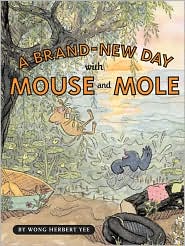


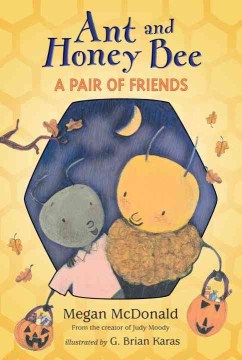 Don't miss this other great beginning to read Halloween story from Megan McDonald and G Brain Karas, Ant and Honeybee, A Pair of F
Don't miss this other great beginning to read Halloween story from Megan McDonald and G Brain Karas, Ant and Honeybee, A Pair of F

